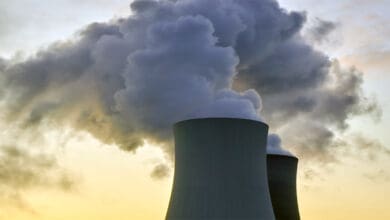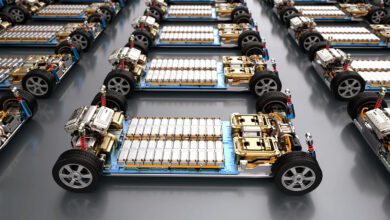The government proposes to put in robust islanding facility for power supplies to prevent electricity disruptions in Delhi, especially for essential services, in case of grid disturbances. NTPC has suggested a mix of its gas-based and coal-fuelled power units in the vicinity of the Capital for dedicated use for the city to create an island in the case frequency in the main grid collapses and there is real threat of a complete power breakdown.
It has been suggested that it will balance the frequency in case of grid collapses, ensuring that essential services in the Capital continues to receive uninterrupted electricity supply. Though an islanding scheme for Delhi was developed by grid manager Power System Operation Corporation Limited (POSOCO) in 2017, it is yet to be commissioned. Moreover, with over dependence of gas based capacity to provide dedicated power to Delhi in the event of a sudden drop on frequency has created a situation where despite islanding infrastructure adequate electricity supply would be hard to maintain.
With most gas based power plants dedicated to Delhi operating at around 30-35% plant load factor (PLF) an eventuality still puts Delhi on the risk of a complete blackout as capacities would not be sufficient to ensure adequate frequency in the power systems. It is imperative to revisit the earlier planned islanding scheme for Delhi to prevent a repeat of what could not have happened in Mumbai and could happen in Delhi.
It is said that NTPC is ready to keep at least two units of Dadri power plant and one unit of Jhajjar plant on bar at all times to take care of any grid disturbances. These coal fired units would become critical in times of frequency collapse to ensure power generated from there helps to keep essential services running in the Capital.
“The question is whether we need to keep running coal-fired power plants in the vicinity of the capital as they are also a source of pollution the affects the region. But systems could be developed so that these units become critical in times of grid disturbances,” said a former head of POSOCO.
Two severe power blackouts had affected most of Northern and Eastern India on 30 and 31 July 2012. The blackout on 31st July was the largest power outage affecting more than 62 crore people in Northern, Eastern, and Northeast India. Based on the recommendations of enquiry committee constituted under MOP, an Islanding scheme for Delhi was framed.
Delhi Region is a part of Northern Grid and in case of any grid disturbance, this islanding scheme will isolate Delhi from rest of the grid. Once islanding is done, the demand is matched with the own generation. The priority is Delhi Metro, Railways, DIAL and the healthcare facilities. As per guidelines, each state has been given a share of load shedding which should contribute in case of any fall in frequency. When any grid disturbance occurs in the grid, there’d be an increase or decrease in frequency.
The Delhi Islanding scheme has incorporated load shedding at Flat frequency up to stage 48.6 Hz and df/dt slope stages of 0.1Hz/sec,0.2Hz/sec and 0.3Hz/sec for frequency less than 47.9Hz. In case the frequency fall beyond 47.9 Hz the Islanding of Delhi is initiated by tripping of Circuit Breakers at various locations. On an average, typical daily electrical load in Delhi is around 3,000 MW and internal generation is only around 500 MW. Due to low and uncertain gas allocations to CCGT Bawana, Pragati, Rithala and IPGCL GT station, it has become important to keep a minimum number of thermal coal-fired units on bar at all times.













